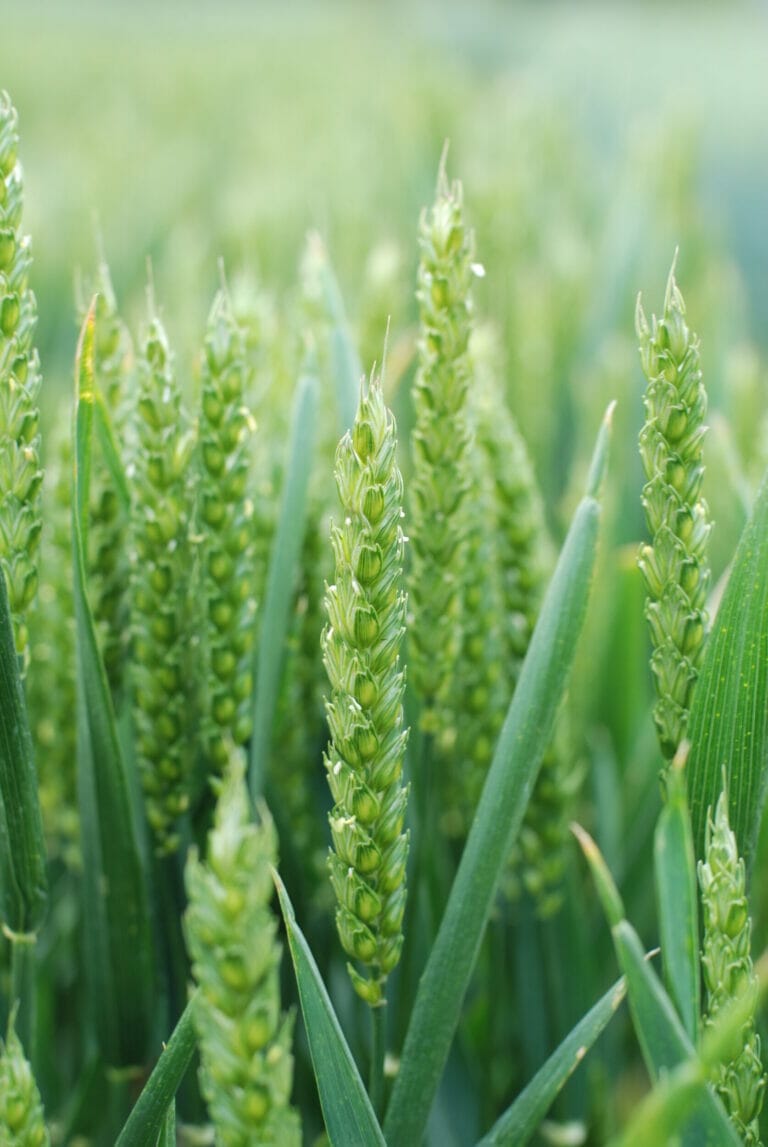As a measure of grain quality, specific weight is a standard and well understood trading measure. Whichever end-market grain is being sold into, there is a threshold to meet. Varieties with an inherent higher level give more security in meeting that requirement. However specific weight itself tells us more about the variety than simply the plumpness of the grains. Varieties with a higher specific weight generally tend to be the more consistent, especially in difficult situations and in years of prolonged or repeated stress.

JB Diego gained a strong following based not only on yield potential, but also on consistency, and physical grain quality was a strong determinant in that. LG Spotlight is another example that offers very high yields coupled with superb grain quality, a very high specific weight and excellent Hagberg/resistance to sprouting. Traditionally, soft wheats have tended to have slightly lower specific weight than the best hard wheats, mainly due to more strict requirements for bread wheat. However, there is no physical or genetic reason why soft wheats cannot have high specific weights well into the 80’s.
As the wheat plant develops, ear number and potential grain number are set, then post flowering the grains fill and therefore grain size becomes a major determinant of final yield. However, when grain fill is disrupted due to low light, high temperature or other stresses, the grains will not achieve their full potential. Often this results in grain being less plump with the smallest grains at the top of each spikelet either being lost over the back of the combine or taken out post-harvest as screenings during processing. As a grain develops, the length is set first and then it fills outwards to determine the width and final size. If this process is interrupted then grains will be thinner than normal, often with a more pronounced crease and in extreme cases grains can become “boat shaped”. All of this reduces the packing density of the sample and hence reduces the specific weight. Varieties like LG Spotlight and JB Diego will give the most consistent sample and reliable yields, because they can produce an optimal number of grains of the right size range that can be filled consistently, under an array of conditions.

Ed Flatman, Senior Wheat Breeder for Limagrain
Grain size will vary as a function of available resources; more optimal conditions of high light intensity, temperature in the mid 20’s and adequate moisture supply – will lead to the highest yields and increased grain size. However, when any of these factors are compromised, these varieties will produce slighter smaller but still well-filled grains, whereas in other varieties grains can be less well shaped or become pinched and this easily knocks points off the specific weight. High Hagberg and very good resistance to sprouting also ensure bushel weights are maintained, especially in catchy harvests. Here, the alternate wet and dry can cause grains to swell and then contract, even if there is only a hint of pre-germination, then this affects grain shape and hence specific weight. Ear disease, such as fusarium, causes infected grains to be pinched or shrivelled, having the same negative effect on the sample quality.

































